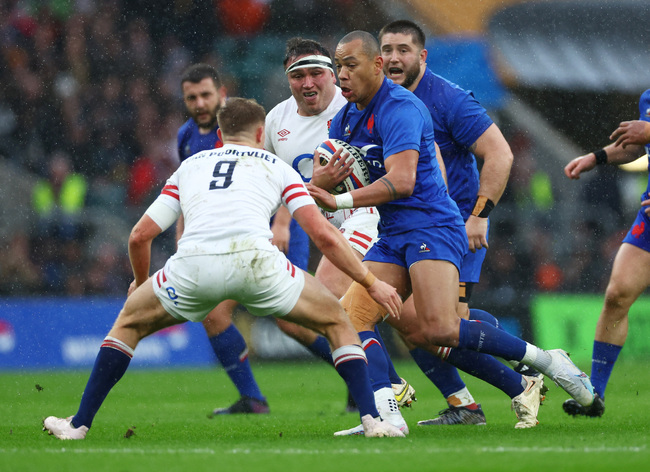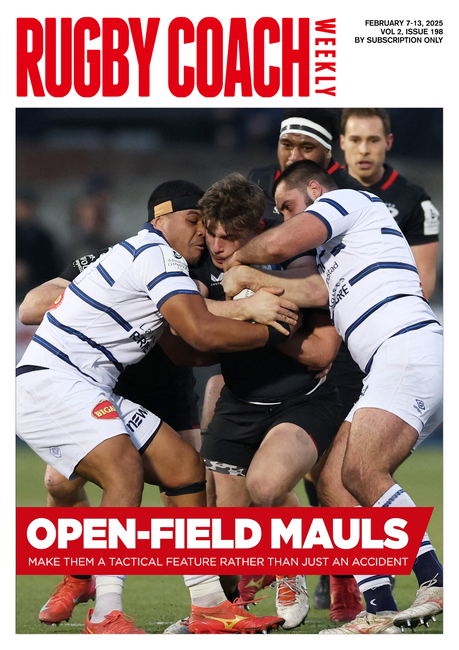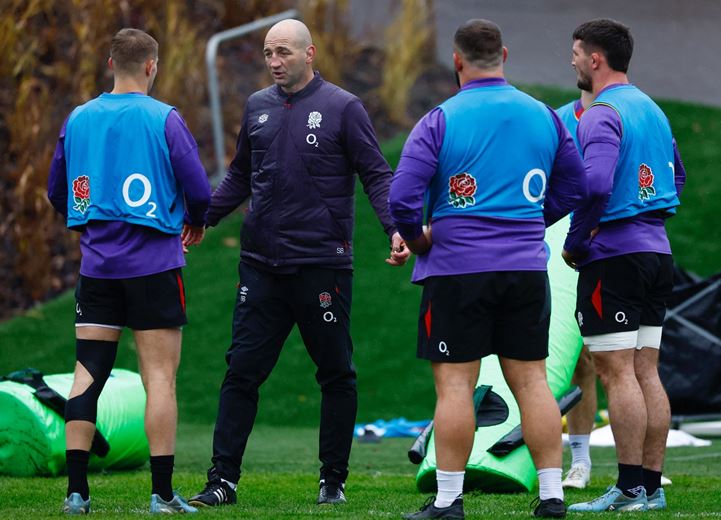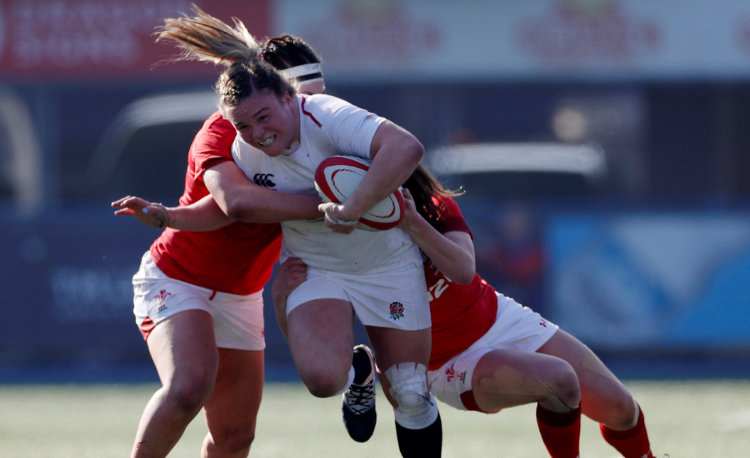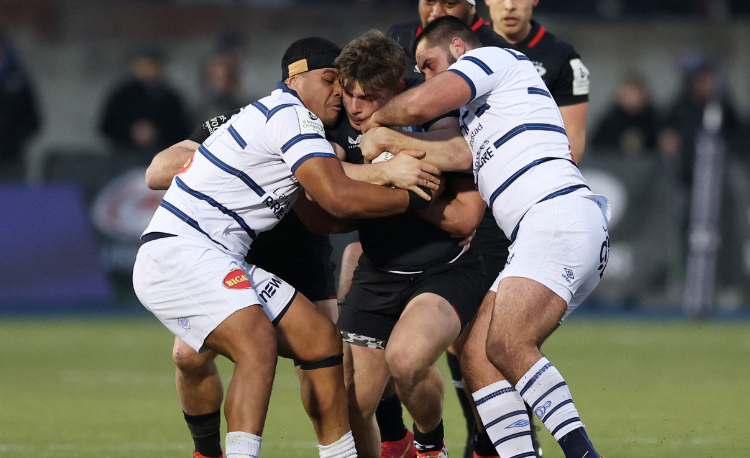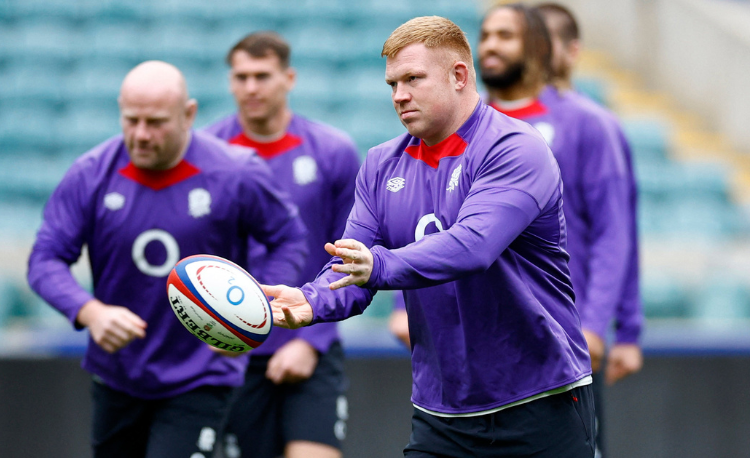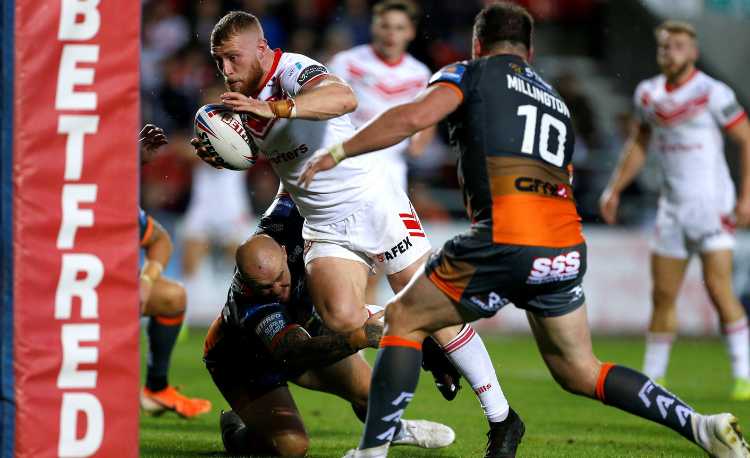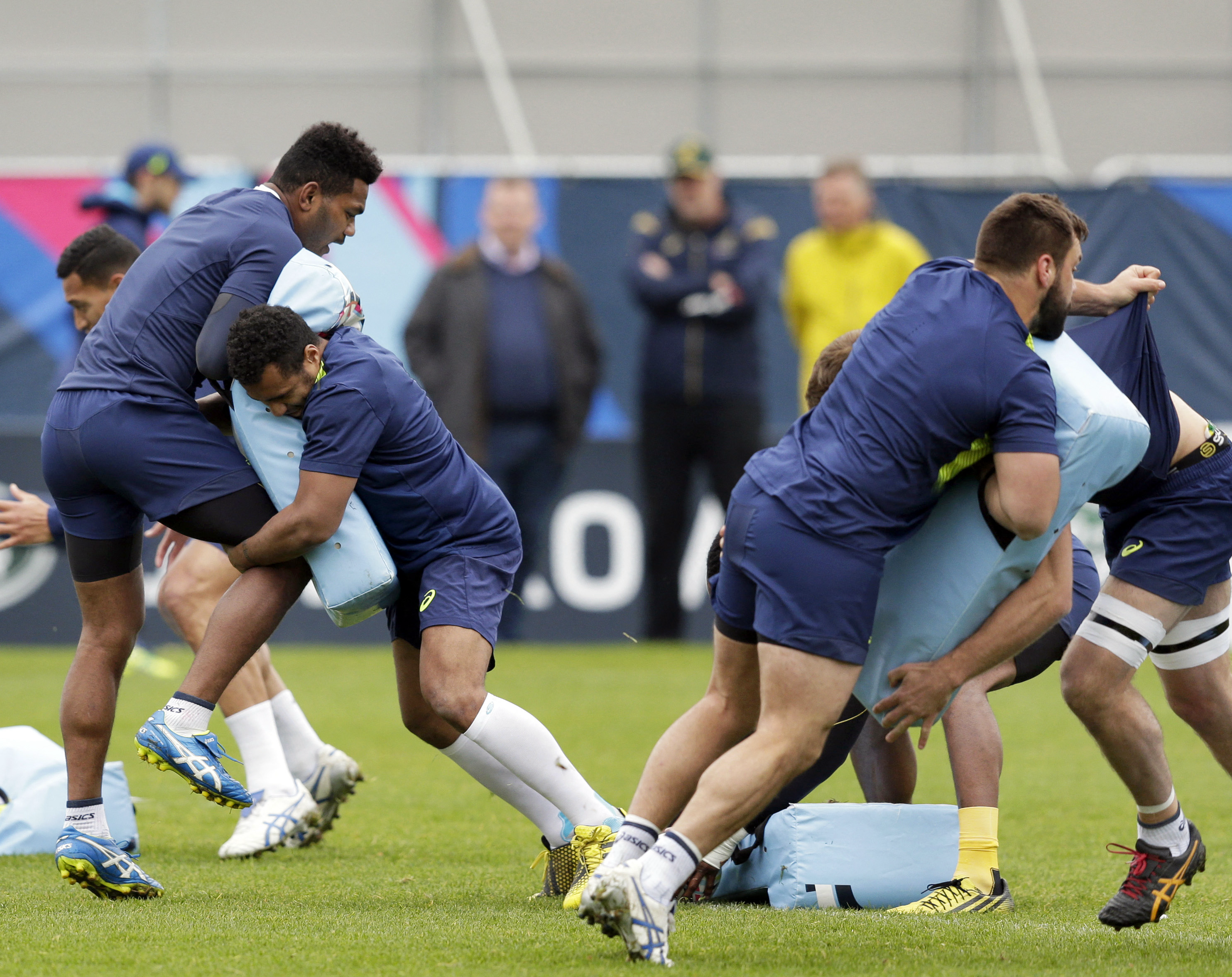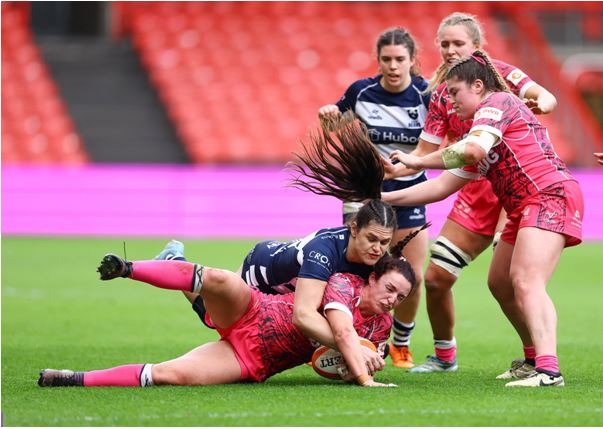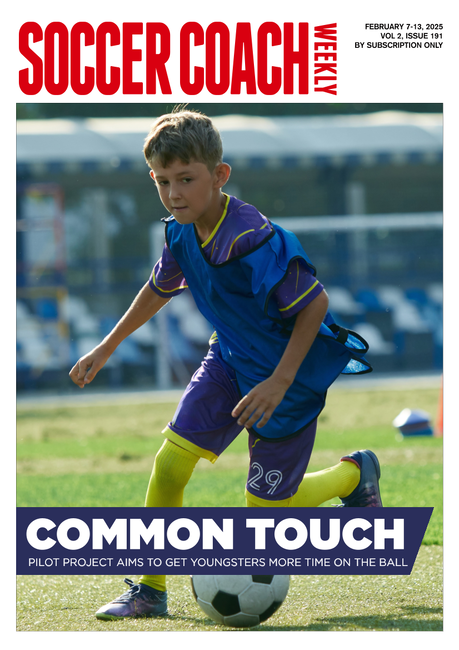Attack of the clones
How much guidance and structure do we want to give players? Here, I explore why we need it, what it means, how you can be creative within a structure – and why I have changed my mind! BY THE UNDERCOVER COACH
Six years ago, I wrote a blog called Attack of the Clones.
I was reflecting on the pros and cons of structure and that I wanted to avoid turning my players into replicants.
Back then, in 2017, I had a year’s coaching experience under my belt. I was coaching on a regular basis across several schools and community rugby clubs and I was the head coach for a men’s senior side who, at that time, played in level six.
My philosophy at the time was to empower players, take the shackles of structure away from them and liberate them to ’play what you see’ - often referred to as ’heads-up rugby’.
Having not been a huge fan of structured attacking concepts when I played the game, it shaped my coaching bias and even the word ’structure’ felt dirty. I didn’t like it. I didn’t believe in it. I didn’t value it.
But what do I mean by structure? And what did I think it meant six years ago?
Defining the language
Six years ago, I defined the idea of an ’attacking structure’ as choreographed movement - every individual, fulfilling a specific role, every time we have the ball.
It didn’t matter what visual cues or signals the players saw in front of them - they simply had to follow the structure. It was a safety-first approach, shifting accountability from the players to the coach.
I hated it. I saw the game as too dynamic, too fast-paced and too random for an attacking structure to demand my time and attention when coaching.
In my first season as head coach, we were scoring an average of 37 points per game. We didn’t have an attacking structure - we just valued supporting the ball and supporting the space. The rest would take care of itself.
The solution in every game was finding different ways to go forward – do we go through the defence? Or round it? Or over it?
We finished second that season and won promotion through the play-off final.
And yet, despite it all, when I asked the playing group for feedback at the end of the season, what did they want? An attacking structure.
I didn’t understand it at the time. Our rugby was entertaining. We were effective. We won a lot of games, and we had a clear playing identity.
But structure isn’t about giving every individual a clear solution for every moment of the game, nor about creating an approach which the players must always follow, regardless of what they see and feel in the game.
It is about creating a shared understanding – some might call it a ‘shared mental model’ – for players to use as a tool in games.
It gives the opportunity for clarity in moments - or, in some cases, periods - of the game where indecision lies. It creates cohesion and breeds confidence.
The challenging part to coaching it? Striking the balance.
"Structure isn’t about giving every individual a solution for every moment of the game..."
How do I coach it? And why?
Perhaps because of my early relationship with the idea of structure, I refrain from using this word specifically.
You might think it is just semantics. But, to me, it matters. I like to use the following when coaching my playing group:

A primary principle of the game will always be support, so I use the simple continuum above.
There are moments of the game that allow for organisation - and other moments that allow for freedom, liberation and chaos.
My role as a coach is to expose my players to both types. The skill is in the ability to flow from one to the other, simultaneously.
These moments are symbiotic. They need each other. But we help players most when they understand when and, above all, why.
I stress to my players that our organised support isn’t a tool to score us tries. It is to create space, to go forward, typically when defences are organised and we want to generate positive momentum.
Once we have created space and played to it, we then have the opportunity to score with the quality of our unorganised support - which is players supporting the ball and space freely, based on what they see in the moment.
Structures don’t score tries
This is critical for me. I see coaches go wrong when they sell organised support, structures, frameworks - whatever words you like to use - to players as the way to score tries.
My advice would be to start with speed of ball. Every time there is a tackle - unless we can offload the ball or lift it from the floor - there is a breakdown. And this is exactly what it says - a ’break down’ in our attack. The quicker our break downs can be, the more positive our attacking momentum.
This allows us to play on top of the defence as they struggle to get width and dominate collisions. The more positive momentum our attack has, the more likely we are to make line-breaks and go forward effectively.
So, when do we need organised support? In the moments when we don’t have positive momentum. The defence is set, with good width. There is no overload for us to exploit. We need to create indecision, momentum and opportunity.
If we can be effective with our organised support, once we make a line-break, we then shift to our principles of unorganised support - can we keep the ball alive? Can we give the ball carrier multiple options to pass to? Can we score without any more break downs?
Six years ago, I concluded: "I know which approach I prefer, and I know which approach I will continue to advocate".
Now, I see the game differently. I value both approaches. And I’m learning how to best coach players to appreciate the needs and demands of them together.
They are in a relationship. They need each other.
Related Files
Newsletter Sign Up
Coaches Testimonials

Gerald Kearney, Downtown Las Vegas Soccer Club

Paul Butler, Florida, USA

Rick Shields, Springboro, USA

Tony Green, Pierrefonds Titans, Quebec, Canada
Subscribe Today
Be a more effective, more successful rugby coach
In a recent survey 89% of subscribers said Rugby Coach Weekly makes them more confident, 91% said Rugby Coach Weekly makes them a more effective coach and 93% said Rugby Coach Weekly makes them more inspired.
Get Weekly Inspiration
All the latest techniques and approaches
Rugby Coach Weekly offers proven and easy to use rugby drills, coaching sessions, practice plans, small-sided games, warm-ups, training tips and advice.
We've been at the cutting edge of rugby coaching since we launched in 2005, creating resources for the grassroots youth coach, following best practice from around the world and insights from the professional game.
